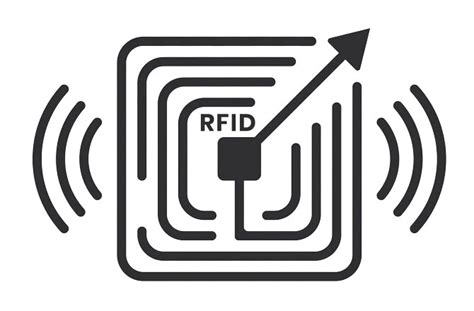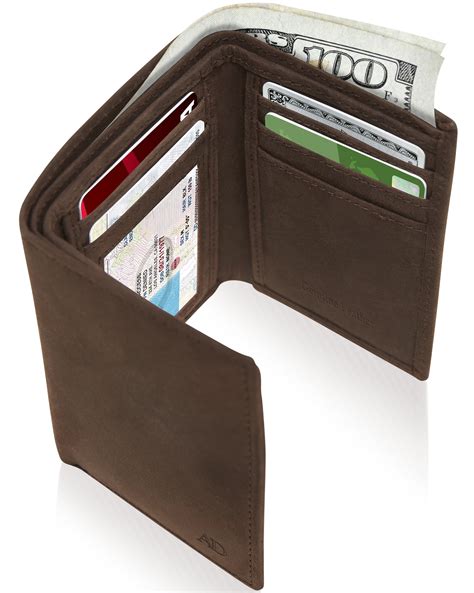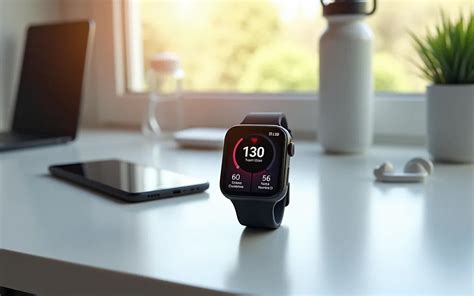The Modern Wallet Dilemma: Security Meets Minimalism
In an age where digital transactions are commonplace, but physical cards still hold sway, the humble wallet has evolved. Gone are the days of bulky, overstuffed bi-folds causing discomfort and creating a target for pickpockets. Today, the ideal wallet for daily carry is sleek, discreet, and critically, offers robust protection against modern threats like RFID skimming. Finding the perfect balance between compactness, functionality, and security can be a challenge, but it’s a worthwhile pursuit for peace of mind and ergonomic comfort.

Why Slim Wallets Are Essential for Daily Carry
A slim wallet isn’t just about aesthetics; it’s about practicality and health. Carrying a thick wallet in your back pocket can lead to back pain and poor posture, a condition sometimes referred to as “wallet sciatica.” Front-pocket carry is healthier and significantly reduces the risk of theft. Slim designs encourage you to carry only what’s necessary – a few essential cards, some cash – reducing clutter and making quick access to your most-used items effortless. This minimalist approach simplifies your life and lightens your load, both literally and figuratively.
RFID Protection Explained: A Modern Necessity
RFID (Radio-Frequency Identification) technology is embedded in many modern credit cards, debit cards, and passports, allowing for contactless payments and quick data exchange. While convenient, this technology also presents a vulnerability: RFID skimmers can wirelessly read your card information from a short distance without you ever knowing. An RFID-blocking wallet contains a material that interferes with these radio waves, creating a protective barrier around your cards. This crucial feature safeguards your sensitive financial and personal data from unauthorized access, adding an indispensable layer of security to your daily carry.

Key Features to Consider for Your Ideal Wallet
When selecting your ultimate slim, RFID-blocking wallet, several factors come into play:
- Material: Common choices include genuine leather (full-grain, top-grain), synthetic leathers, carbon fiber, aluminum, and even advanced plastics. Each offers a different blend of durability, weight, and aesthetic. Leather ages beautifully, while carbon fiber or aluminum provide extreme durability and a modern look.
- Capacity: How many cards do you truly need daily? Most slim wallets are designed for 4-8 cards plus a few folded bills. Be realistic about your needs to avoid overstuffing.
- Access & Organization: Look for smart card slots, quick-access pockets, and mechanisms that make retrieving cards easy. Some feature pull-tabs, elastic bands, or pop-up mechanisms.
- Durability & Build Quality: High-quality stitching, robust materials, and thoughtful construction ensure your wallet withstands daily wear and tear.
- Size & Profile: Even among slim wallets, there’s variation. Consider how it feels in your pocket and how discreet it is.

Finding Your Perfect Match: Styles and Functionality
The market offers a wide array of slim, RFID-blocking wallets, each catering to different preferences. You’ll find traditional bi-fold or tri-fold designs re-imagined with a thinner profile, cardholder-style wallets focusing solely on cards, and minimalist front-pocket wallets that are barely there. Some incorporate money clips for cash, while others have small coin pockets. Consider your daily routine: Do you primarily use cards, or do you often carry cash and coins? Your answers will guide you toward the form factor that best suits your lifestyle.
Ultimately, the “best” wallet is subjective and depends on your individual needs, style, and how much you carry. Prioritize the features that matter most to you – be it supreme thinness, maximum card capacity within a slim frame, specific material preferences, or an innovative quick-access system. A good slim, RFID-blocking wallet is an investment in both your security and comfort.

Maintaining Your Minimalist Companion
Once you’ve found your ideal slim wallet, a little care can extend its lifespan. For leather wallets, occasional conditioning can prevent drying and cracking. For synthetic or metal wallets, a simple wipe-down is usually sufficient. Avoid overstuffing, as this can stretch materials, weaken stitching, and compromise the RFID-blocking capabilities over time. Regularly review its contents to ensure you’re only carrying essentials, reinforcing the minimalist ethos it was designed to uphold.

Conclusion: Invest in Smart Security and Comfort
Choosing the best slim, RFID-blocking wallet for daily carry is about more than just holding your money; it’s about embracing a smarter, more secure, and comfortable way of living. By opting for a wallet that protects your data from digital theft and eliminates the bulk, you’re not just buying an accessory – you’re upgrading your everyday experience. Take the time to evaluate your needs, explore the options, and select a wallet that will serve you well for years to come.




